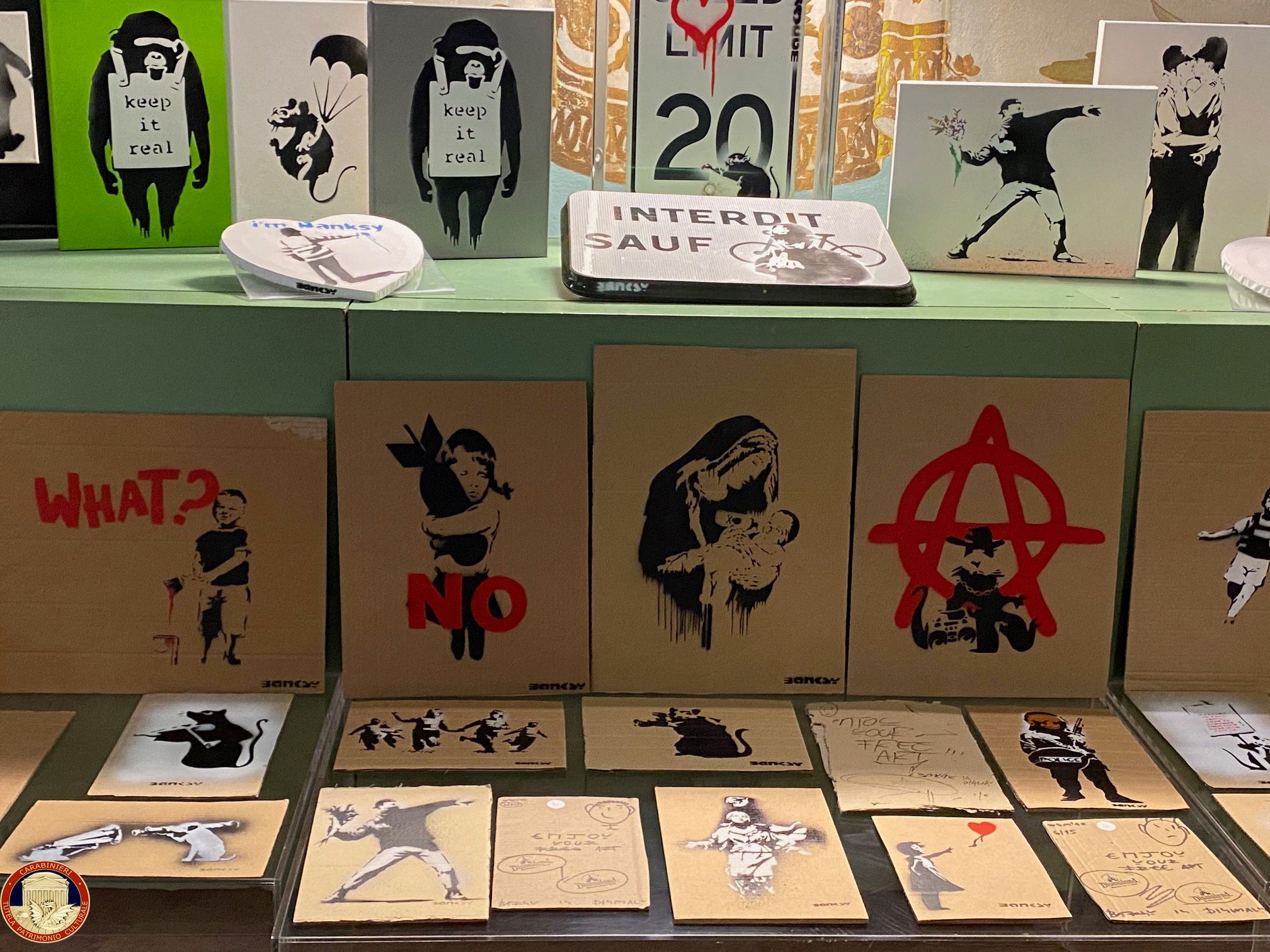A huge pan-European forgery network has been discovered by Italian police, according to DW reports. They have seized more than 2,100 phony works of art that were attributed to famous painters like Andy Warhol, Pablo Picasso, and Banksy, with a possible market worth of €200 million ($215 million).
Workshops For Forgeries In Tuscany
As part of their investigation into the pan-European art fake network, Italian officials discovered two forgery workshops in Tuscany and one in Venice. These workshops were a component of a bigger business that also comprised three other workshops overseas in Belgium, France, Spain, and Italy. In these workshops, the forgers created phony artworks, which they then sold to Italian auction houses. The network even arranged shows at esteemed venues, complete with published art catalogs, to further establish their legitimacy.
The inquiry started in 2023 when police confiscated 200 counterfeit items, including a bogus drawing by Amedeo Modigliani, from a Pisan businessman’s collection.
Allegedly, the network specialized in forging Warhol and Banksy artwork.
A total of 38 individuals were under investigation for illegally selling artwork, forging, and conspiring to handle stolen goods.
Pisa’s Function In The Probe
Authorities in Pisa, Italy, started looking into the pan-European forgery network in 2023 after seizing 200 counterfeit items, including a faked Amedeo Modigliani drawing, from a local businessman’s collection. Investigators were able to connect this first discovery to a larger network of forgeries distributed through auction houses around Italy, which ultimately led them to a group that specialized in counterfeit Banksy and Warhol artwork. Teresa Angela Camelio, Pisa’s chief prosecutor, was instrumental in the operation, working with Banksy archive experts who called it “the biggest act of protection of Banksy’s work.”
Authentication Issues With Banksy
Because of his fame and obscurity, Banksy’s artwork presents special authentication issues. In order to solve this, Banksy founded Pest Control, a non-profit organization that acts as the only authorized authenticator of his artwork, in 2008. Images of the artwork are submitted for evaluation as part of the process, and if it is found to be legitimate, a certificate of authenticity is provided for a fee. Half of a ripped “Di faced tenner”—a fictitious £10 note featuring Lady Diana’s face—is included in this certificate, along with a handwritten ID number that corresponds to the other half that Pest Control is holding.
Authentication is still difficult in spite of this system. Long processing timeframes and possible legal problems are among the difficulties Pest Control faces; two collectors have reportedly filed lawsuits over a three-year wait in identification. The technique is made more difficult by the art market’s susceptibility to forgeries, especially because of Banksy’s use of stencils. It is therefore impossible to verify Banksy’s work without their certificate, forcing collectors and purchasers to rely entirely on Pest Control for verification.

